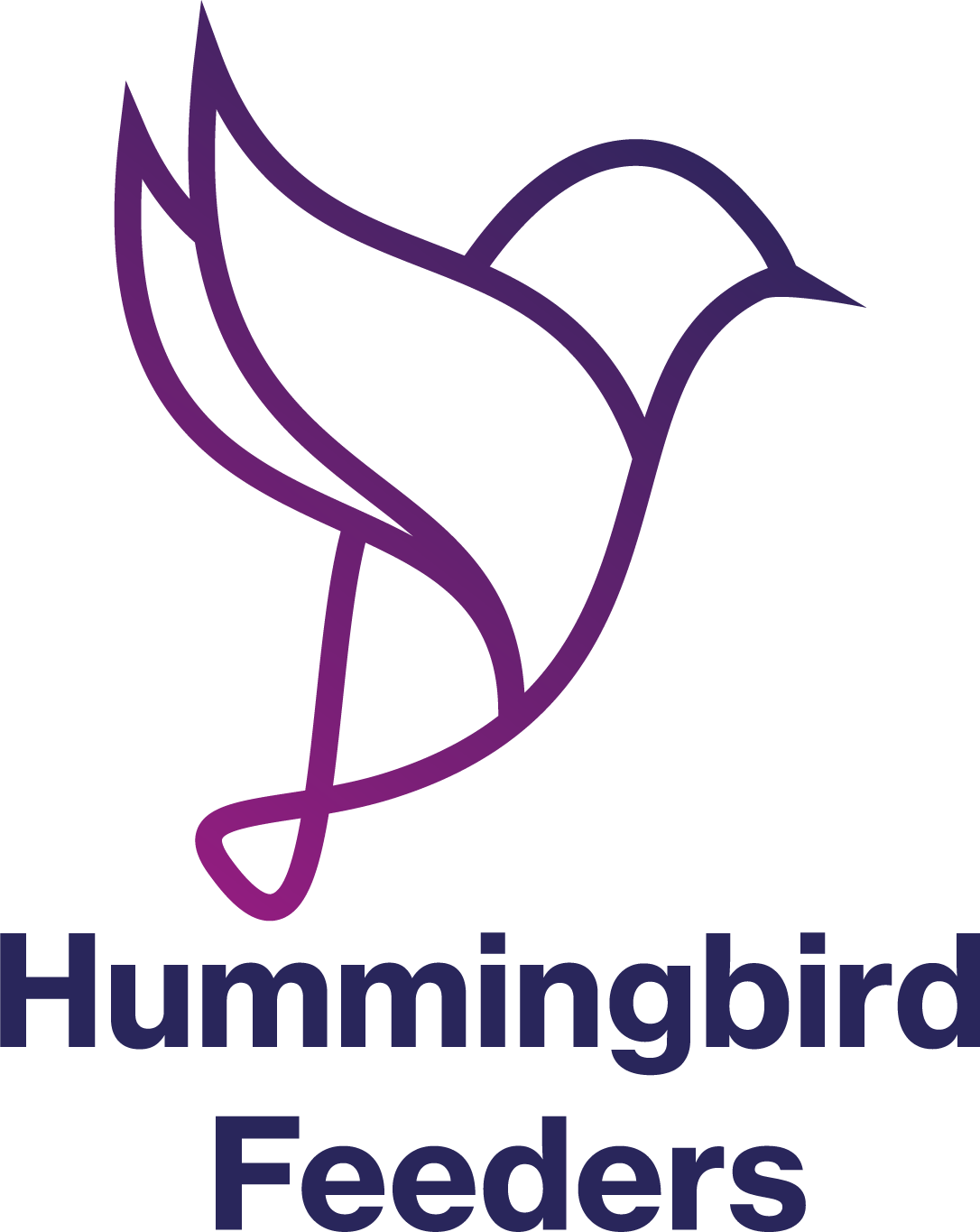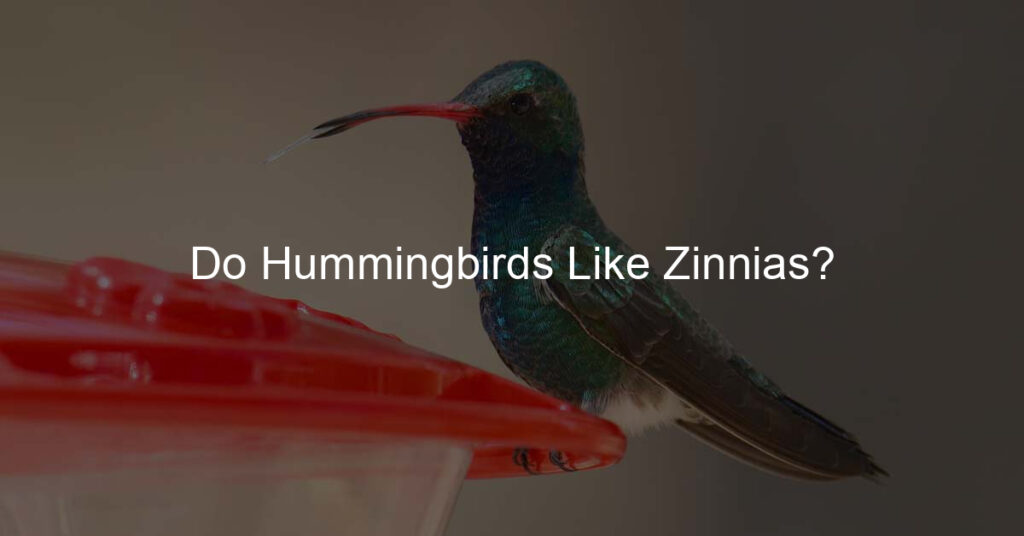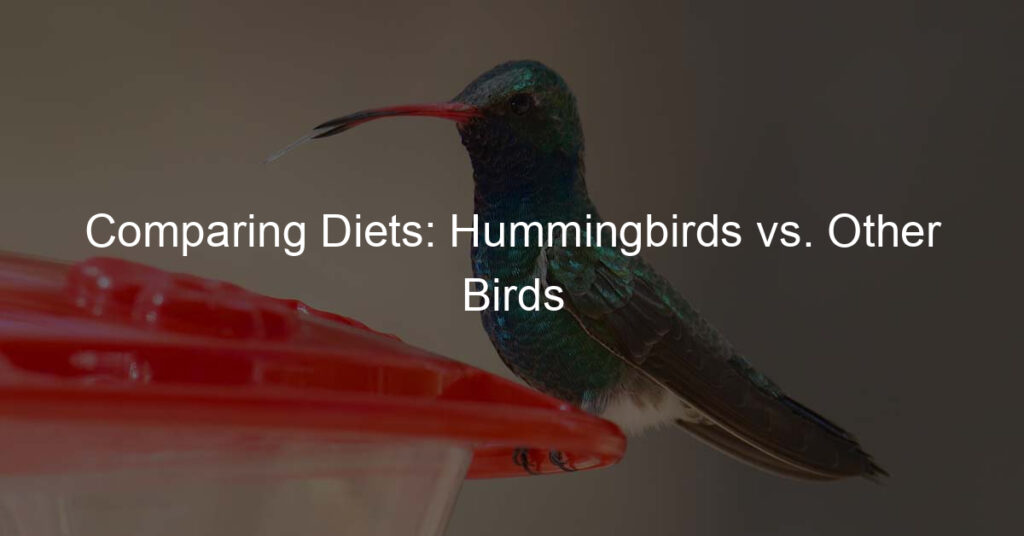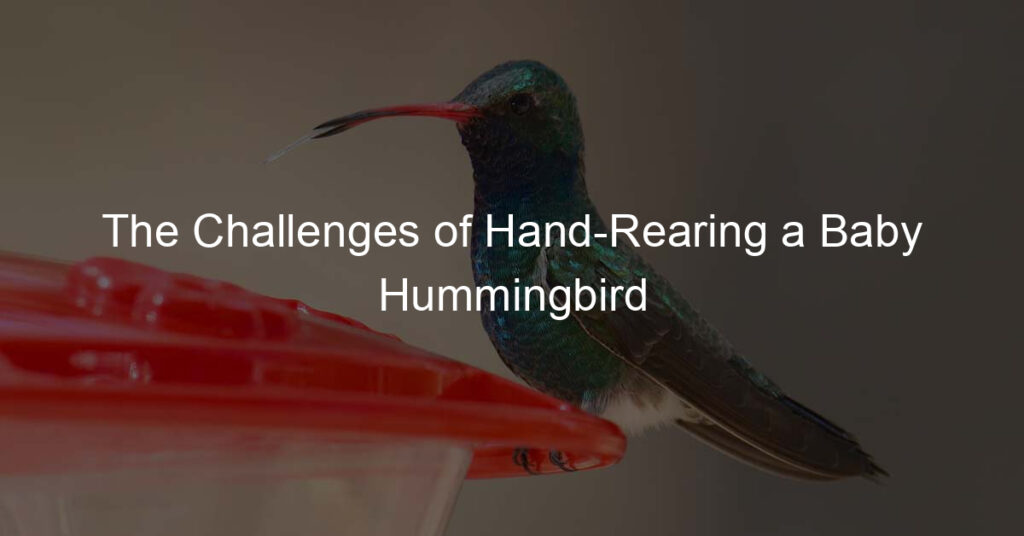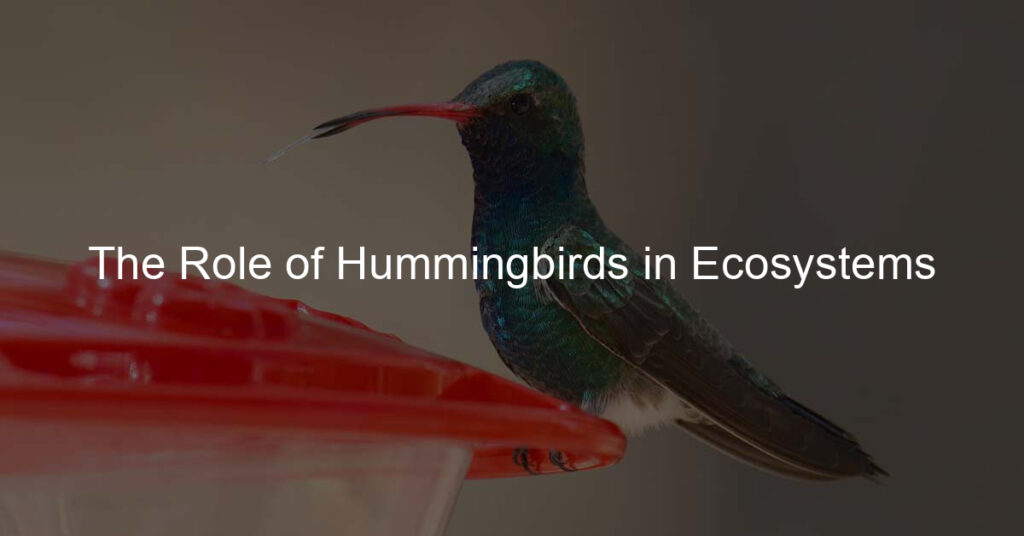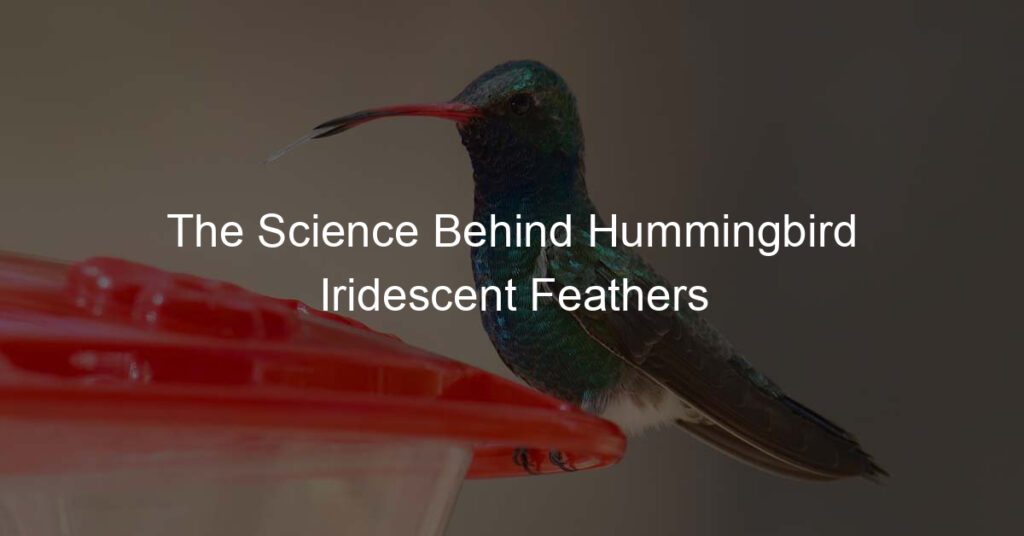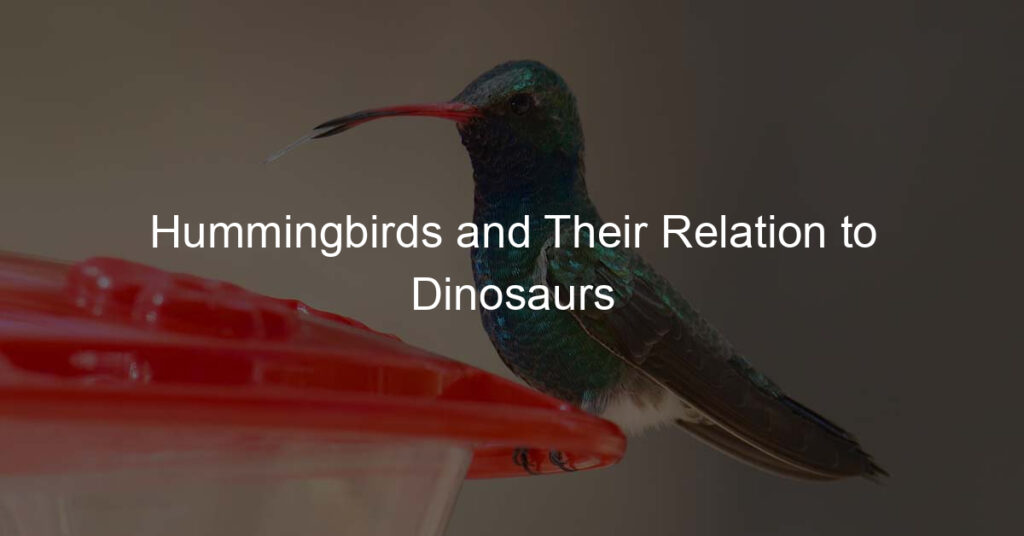Introduction to Hummingbird Attracting Flowers
Hummingbirds are fascinating creatures, known for their vibrant colors and rapid wing movement. One of the key factors that attract these beautiful birds is flowers. In this article, we will delve into the importance of flowers in a hummingbird’s diet and provide an overview of the common flowers that attract hummingbirds.
Understanding the importance of flowers in a hummingbird’s diet
Flowers play a crucial role in a hummingbird’s diet. These tiny birds feed on the nectar of flowers, which provides them with the energy they need for their high-speed flight. The nectar is a sweet liquid that flowers produce to attract pollinators like hummingbirds. In fact, hummingbirds can consume up to half their weight in sugar each day, primarily from flower nectar. This high-energy diet allows them to sustain their energetic lifestyle.
But it’s not just about the nectar. Flowers also attract insects, which hummingbirds eat for protein. So, by visiting flowers, hummingbirds get a balanced diet of carbohydrates from nectar and protein from insects. This makes flowers an essential part of a hummingbird’s diet and survival.
Overview of common hummingbird attracting flowers
There are several types of flowers that hummingbirds find irresistible. These typically have bright colors, especially red, and produce a lot of nectar. Here are some common hummingbird attracting flowers:
Zinnias: These vibrant flowers are a favorite among hummingbirds. They come in a variety of colors and produce a lot of nectar.
Salvias: Also known as sage, these flowers have tubular blossoms that are perfect for a hummingbird’s long beak.
Bee Balm: This flower, also known as Monarda, has a unique shape that attracts hummingbirds.
Trumpet Vine: As the name suggests, these flowers have a trumpet shape that is perfect for hummingbirds.
Planting these flowers in your garden can help attract hummingbirds and provide them with the nutrition they need. In the following sections, we will delve deeper into the relationship between hummingbirds and zinnias, one of their favorite flowers.
Zinnias for Hummingbirds
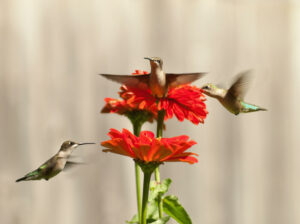
If you’re looking to attract hummingbirds to your garden, Zinnias are an excellent choice. But why Zinnias? Let’s explore.
Why Zinnias?
Zinnias are not just beautiful flowers; they also have certain characteristics and benefits that make them particularly attractive to hummingbirds.
Zinnia flower characteristics that attract hummingbirds
Zinnias are known for their bright and vibrant colors, which are a major attraction for hummingbirds. These birds have excellent color vision and are particularly drawn to red, orange, and pink hues, all of which are common in Zinnias. Moreover, Zinnias have a tubular shape, perfect for the long, slender beaks of hummingbirds. They are also rich in nectar, providing a valuable food source for these energetic birds.
Benefits of Zinnias in a hummingbird garden
Adding Zinnias to your hummingbird garden has several benefits. Firstly, they add a splash of color, enhancing the aesthetic appeal of your garden. Secondly, they are easy to grow and maintain, making them a practical choice for both novice and experienced gardeners. Lastly, Zinnias are known for their long blooming period, providing a steady food source for hummingbirds throughout the season.
In conclusion, Zinnias are not only visually appealing but also serve a functional role in attracting and feeding hummingbirds. So, if you’re planning a hummingbird garden, don’t forget to include some Zinnias!
Planting and Caring for Zinnias
Zinnias are vibrant flowers that can bring a splash of color to your garden and attract hummingbirds. Here are the steps to plant and care for Zinnias:
Choosing the right location for Zinnias
Zinnias thrive in a location with full sun and well-drained soil. They need at least six hours of sunlight each day. The more sun they get, the more flowers they’ll produce. Avoid planting them in a shady area as this can lead to fewer blooms and a higher risk of diseases.
Proper planting techniques for Zinnias
Start by digging a hole that’s about twice as wide and the same depth as the root ball of your Zinnia plant. Place the plant in the hole and fill it with soil, making sure the top of the root ball is level with the soil surface. Water the plant thoroughly after planting. Zinnias should be spaced about a foot apart to allow for good air circulation.
Caring for your Zinnias to ensure they attract hummingbirds
Regular watering and fertilizing are key to keeping your Zinnias healthy and attractive to hummingbirds. Water them regularly, but avoid overhead watering to prevent disease. Use a balanced fertilizer to promote healthy growth and abundant blooms. Deadhead spent flowers to encourage more blooms. Planting a variety of Zinnia colors can also help attract more hummingbirds.
With the right care, your Zinnias can become a hummingbird hotspot, providing you with a vibrant and lively garden.
Do Hummingbirds Like Flowers?
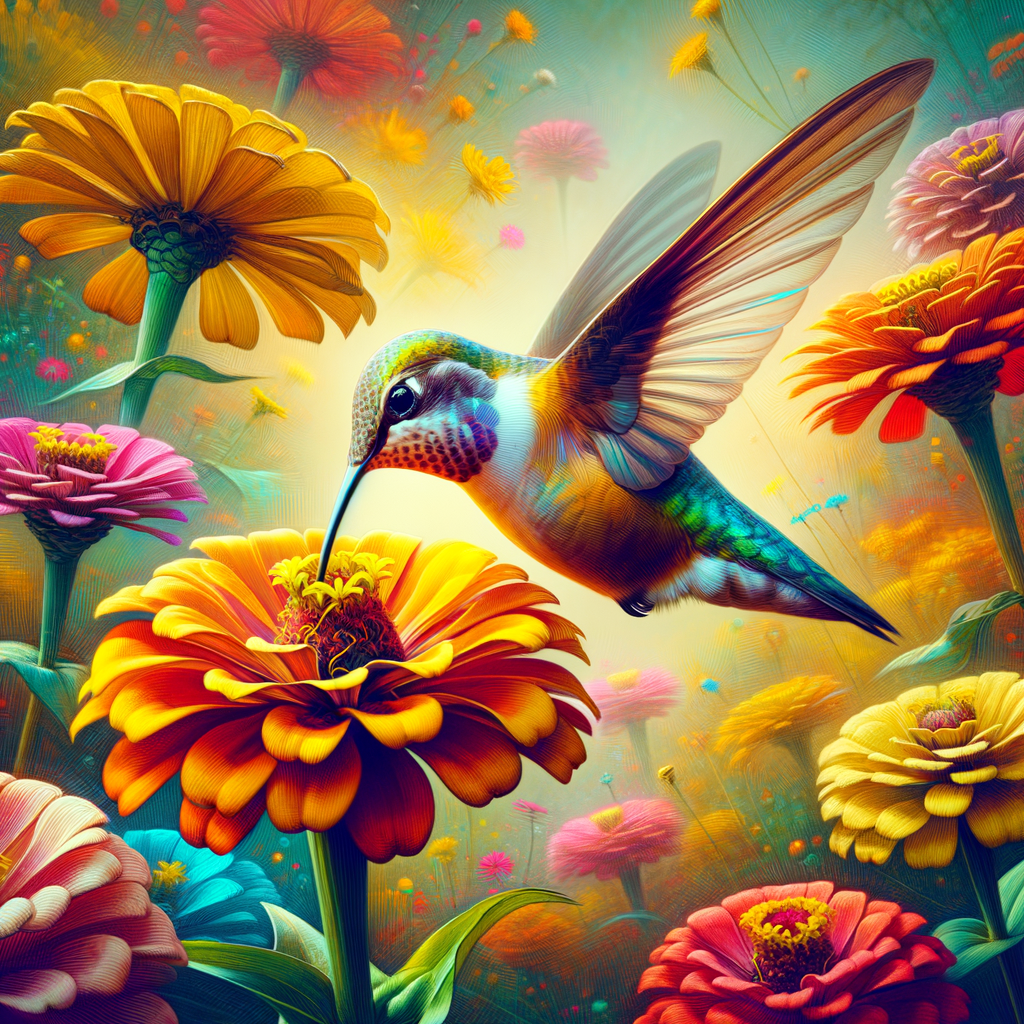
Hummingbirds are fascinating creatures with vibrant colors and rapid wing movements. One question that often comes up is, do hummingbirds like flowers? The answer is a resounding yes! Hummingbirds have a strong attraction to flowers, and their feeding habits are closely tied to these beautiful plants.
Hummingbird Feeding Habits
Understanding the feeding habits of hummingbirds can give us a deeper appreciation for their relationship with flowers. Let’s delve into the diet of a hummingbird and the role of flowers in their feeding habits.
Understanding the diet of a hummingbird
Hummingbirds primarily feed on nectar, a sweet liquid inside certain flowers. This nectar is a great source of energy, providing the hummingbirds with the nutrients they need to maintain their high metabolism. In addition to nectar, hummingbirds also eat insects and spiders for protein and consume tree sap, fruit juice, and pollen occasionally.
The role of flowers in a hummingbird’s feeding habits
Flowers play a crucial role in a hummingbird’s diet. The bird’s long, slender beak and specialized tongue are perfectly designed to extract nectar from flowers. Hummingbirds are attracted to brightly colored flowers, especially red ones, and those that produce a lot of nectar. As they move from flower to flower, they also play a vital role in pollination, helping flowers to reproduce.
In conclusion, hummingbirds and flowers share a mutually beneficial relationship. The flowers provide the hummingbirds with a rich source of food, and in return, the birds assist in the flowers’ pollination process. So, if you’re looking to attract hummingbirds to your garden, planting flowers that produce a lot of nectar would be a great start.
Best Flowers for Hummingbirds
Hummingbirds are attracted to a variety of flowers, all of which share certain characteristics. These tiny birds prefer brightly colored, tubular flowers that provide plenty of nectar. While Zinnias are a popular choice, there are many other flowers that hummingbirds love.
Other Hummingbird-friendly Flowers
Let’s explore some other flowers that are also loved by hummingbirds, and see how they compare to Zinnias.
Comparison of Zinnias with other hummingbird-friendly flowers
Zinnias are known for their bright colors and easy-to-access nectar, making them a favorite of hummingbirds. However, other flowers such as Bee Balm, Cardinal Flower, and Salvia also attract these birds. Bee Balm and Cardinal Flower, like Zinnias, are brightly colored and produce a lot of nectar. Salvia, on the other hand, has a tubular shape that hummingbirds find irresistible. All these flowers are easy to grow and maintain, just like Zinnias.
Creating a diverse hummingbird garden with a variety of flowers
When creating a hummingbird garden, diversity is key. Planting a variety of flowers ensures a steady supply of nectar throughout the growing season. Start with Zinnias, and then add other hummingbird-friendly flowers like Bee Balm, Cardinal Flower, and Salvia. This not only attracts more hummingbirds but also adds color and beauty to your garden. Remember to arrange the flowers in a way that allows hummingbirds to hover and feed easily.
In conclusion, while Zinnias are a great choice for attracting hummingbirds, don’t limit yourself. There are many other flowers that these birds love. By creating a diverse garden with a variety of flowers, you can attract more hummingbirds and provide them with a steady supply of nectar.
Zinnias and Bird Attraction
Zinnias, with their vibrant colors and sweet nectar, are not only a favorite among gardeners, but also attract a wide variety of birds. This makes them an excellent choice for those looking to create a bird-friendly garden.
Zinnias and Other Birds
While hummingbirds are often associated with Zinnias, they are not the only birds attracted to these beautiful flowers. Let’s explore this further:
Exploring the attraction of other bird species to Zinnias:
Zinnias are known to attract a variety of bird species. For example, finches and sparrows are often seen feasting on Zinnia seeds. The bright colors of Zinnias can also attract songbirds like the Northern Cardinal. According to Wikipedia, the nectar-rich flowers can even attract orioles and warblers.
Benefits of a bird-friendly garden: A bird-friendly garden not only provides a sanctuary for birds but also has several benefits for the garden itself. Birds help in pollination, which is essential for the growth of plants. They also feed on insects, acting as a natural pest control. Additionally, the presence of birds adds to the beauty and liveliness of a garden, making it a more enjoyable space.
In conclusion, Zinnias are a wonderful addition to any garden, especially for those who enjoy bird watching. Their bright colors and nectar-rich flowers attract a variety of bird species, contributing to biodiversity and making your garden a lively and vibrant space.
Conclusion: Zinnia Plant Benefits
As we conclude, it’s important to revisit the key points we’ve discussed about the benefits of Zinnias, particularly for hummingbirds and other birds. Zinnias, with their vibrant colors and nectar-rich blooms, are a magnet for these delightful creatures.
Recap of the benefits of Zinnias for hummingbirds and other birds: Zinnias are not just beautiful additions to your garden, they also serve as a crucial source of food for hummingbirds. The high nectar content in Zinnias provides the energy hummingbirds need for their high-speed lifestyle. Additionally, these flowers also attract other birds, contributing to a lively and diverse garden ecosystem.
Final thoughts on creating a hummingbird-friendly garden with Zinnias: Incorporating Zinnias into your garden is a simple yet effective way to attract hummingbirds. These flowers are easy to grow and maintain, making them a practical choice for both novice and experienced gardeners. By creating a hummingbird-friendly garden with Zinnias, you’re not only enhancing the aesthetic appeal of your outdoor space but also contributing to the conservation of these fascinating birds.
In conclusion, Zinnias are more than just pretty flowers. They play a significant role in attracting and sustaining hummingbirds and other birds in our gardens. So, why not consider adding some Zinnias to your garden and enjoy the flurry of activity they bring?
